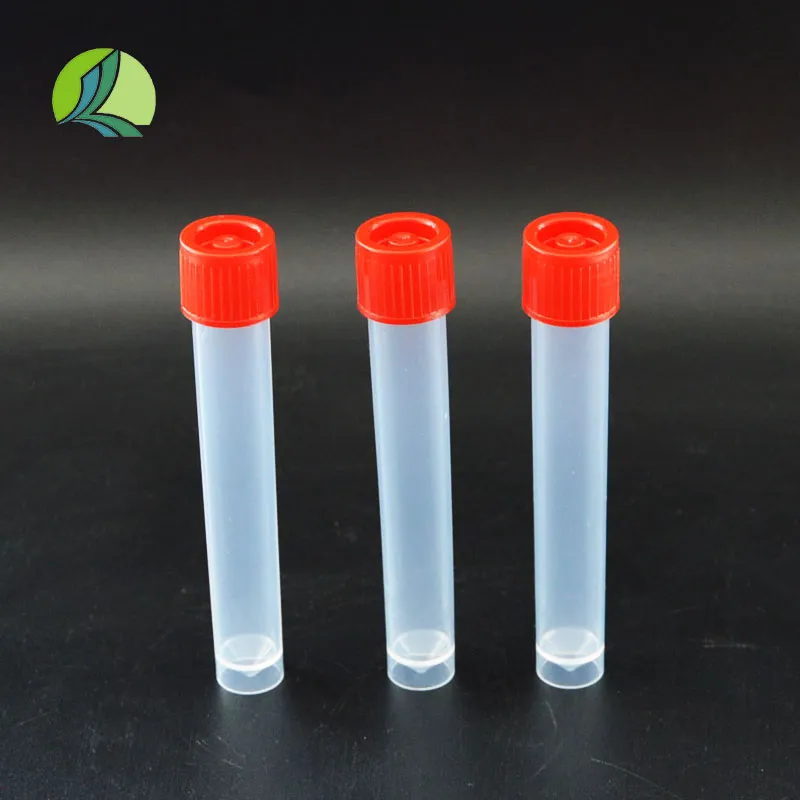phlebotomy lab supplies
Understanding Phlebotomy Lab Supplies Essential Equipment for Blood Collection
Phlebotomy, the practice of drawing blood for laboratory testing, is a vital procedure in the medical field. It serves a crucial role in diagnosing diseases, monitoring health conditions, and managing treatment plans. However, successful blood collection relies heavily on using appropriate lab supplies. In this article, we will explore the essential phlebotomy lab supplies, their functions, and their significance in ensuring safe and efficient blood collection.
1. Needles
At the forefront of phlebotomy supplies are needles, which vary in size and gauge depending on the type of procedure and the patient's condition. Generally, the higher the gauge number, the smaller the needle diameter. Commonly used needles in phlebotomy include
- 21-gauge needles Widely used for routine blood draws. - 22-gauge needles Suitable for patients with smaller veins or for pediatric patients. - 18-gauge needles Typically utilized for blood donations or when large volumes of blood are required.
The choice of needle affects both patient comfort and the quality of the blood sample, making it crucial for phlebotomists to select the right one for each situation.
2. Blood Collection Tubes
Blood collection tubes are specifically designed to safely collect, store, and transport blood samples. These tubes come in various types, differentiated by color-coded tops, each containing different additives to preserve or process the blood in specific ways
- Red-top tubes No additives; used for serum testing. - Blue-top tubes Contain sodium citrate; used for coagulation studies. - Green-top tubes Contain heparin; suitable for plasma determinations. - Lavender-top tubes Contain EDTA; primarily used for complete blood counts.
Understanding the appropriate tube for each test is vital in ensuring accurate laboratory results
.phlebotomy lab supplies

3. Tourniquets
A tourniquet is an essential tool used in phlebotomy to engorge veins with blood prior to drawing. By temporarily restricting blood flow, the tourniquet helps to make veins more prominent, facilitating easier access for needle insertion. Commonly made from elastic or nylon materials, tourniquets must be used carefully to avoid excessive pressure, which can lead to complications such as hemoconcentration.
4. Alcohol Swabs and Antiseptic Solutions
Maintaining a sterile environment is crucial in phlebotomy to prevent infection and contamination. Alcohol swabs, typically containing 70% isopropyl alcohol, are used to cleanse the skin at the puncture site before needle insertion. In some cases, antiseptic solutions may be required to ensure the area is free of contaminants. Adhering to proper disinfection protocols is paramount to patient safety.
5. Safety Devices and Biohazard Containers
With the risk of exposure to bloodborne pathogens, phlebotomists must prioritize safety. Safety-engineered devices, such as retractable needles and safety blood collection systems, minimize the risk of accidental needle sticks during or after the procedure. Additionally, biohazard containers are necessary for the safe disposal of used needles and contaminated materials, adhering to regulatory standards for biomedical waste management.
6. Gloves and Personal Protective Equipment (PPE)
To protect both the patient and the phlebotomist, wearing gloves is a basic requirement in phlebotomy. Single-use, disposable gloves made of latex, nitrile, or vinyl prevent direct contact with blood and other potentially infectious materials. In some settings, more comprehensive PPE may be necessary, including face shields and gowns, particularly during procedures with a higher risk of splash exposure.
Conclusion
Phlebotomy is an indispensable aspect of modern healthcare, requiring not only skilled professionals but also the right set of lab supplies to ensure efficiency and safety. From needles and collection tubes to safety devices, each component plays a critical role in the blood collection process. Understanding and utilizing the proper phlebotomy lab supplies not only contributes to accurate diagnostic results but also safeguards the health of both patients and healthcare providers. As medical technology continues to advance, the importance of these supplies in delivering high-quality patient care cannot be overstated.
-
Aesthetic Makeup Spray Bottles | Fine Mist Empty RefillableNewsAug.19,2025
-
White Plastic Veterinary Vaccine Vials | Lab Liquid BottlesNewsAug.18,2025
-
Plastic Medicine Liquid Bottle: Secure Flip Top Drug VialsNewsAug.17,2025
-
Durable 250ml Blue Plastic Vaccine Vial for Lab & Vet UseNewsAug.16,2025
-
Sterile Virus Sample Tubes: Secure & Reliable Specimen CollectionNewsAug.15,2025
-
White 250ml Plastic Vaccine Vial for Lab & Vet MedicineNewsAug.14,2025
























